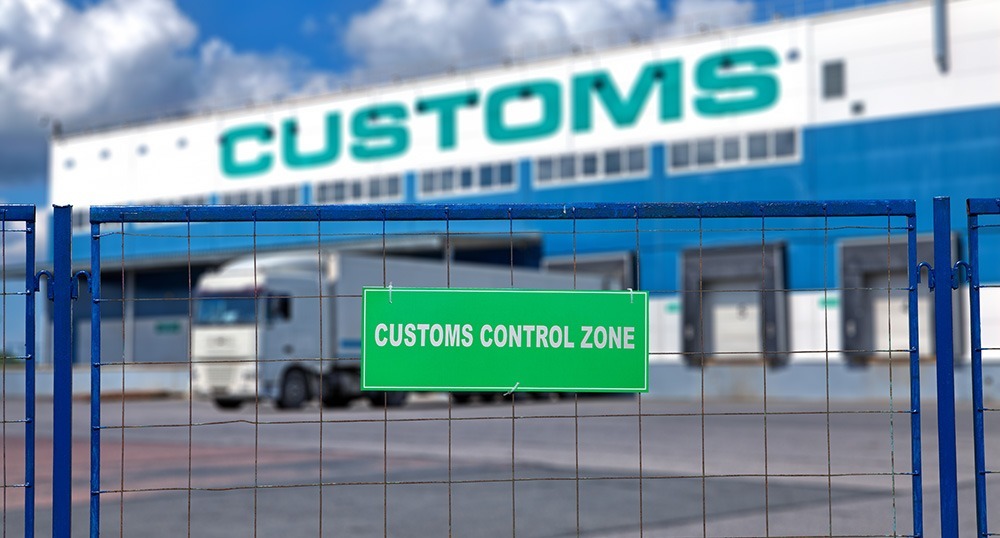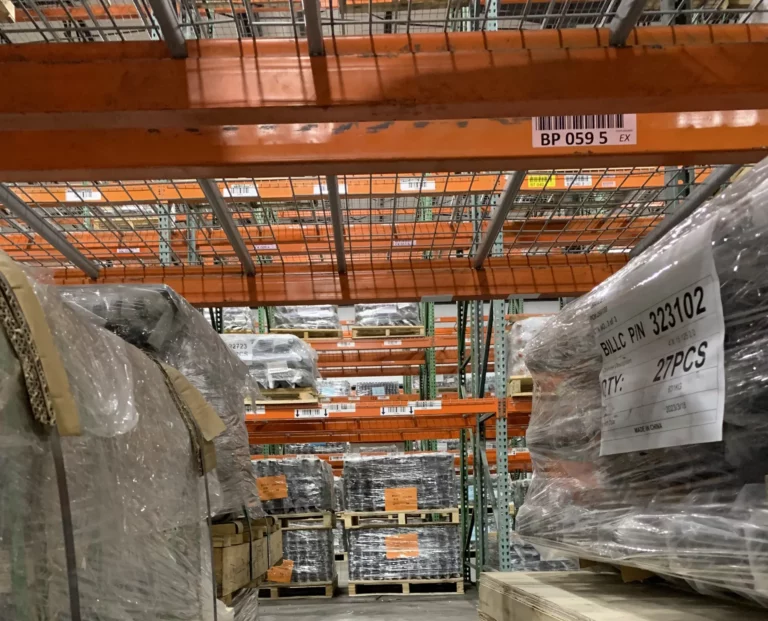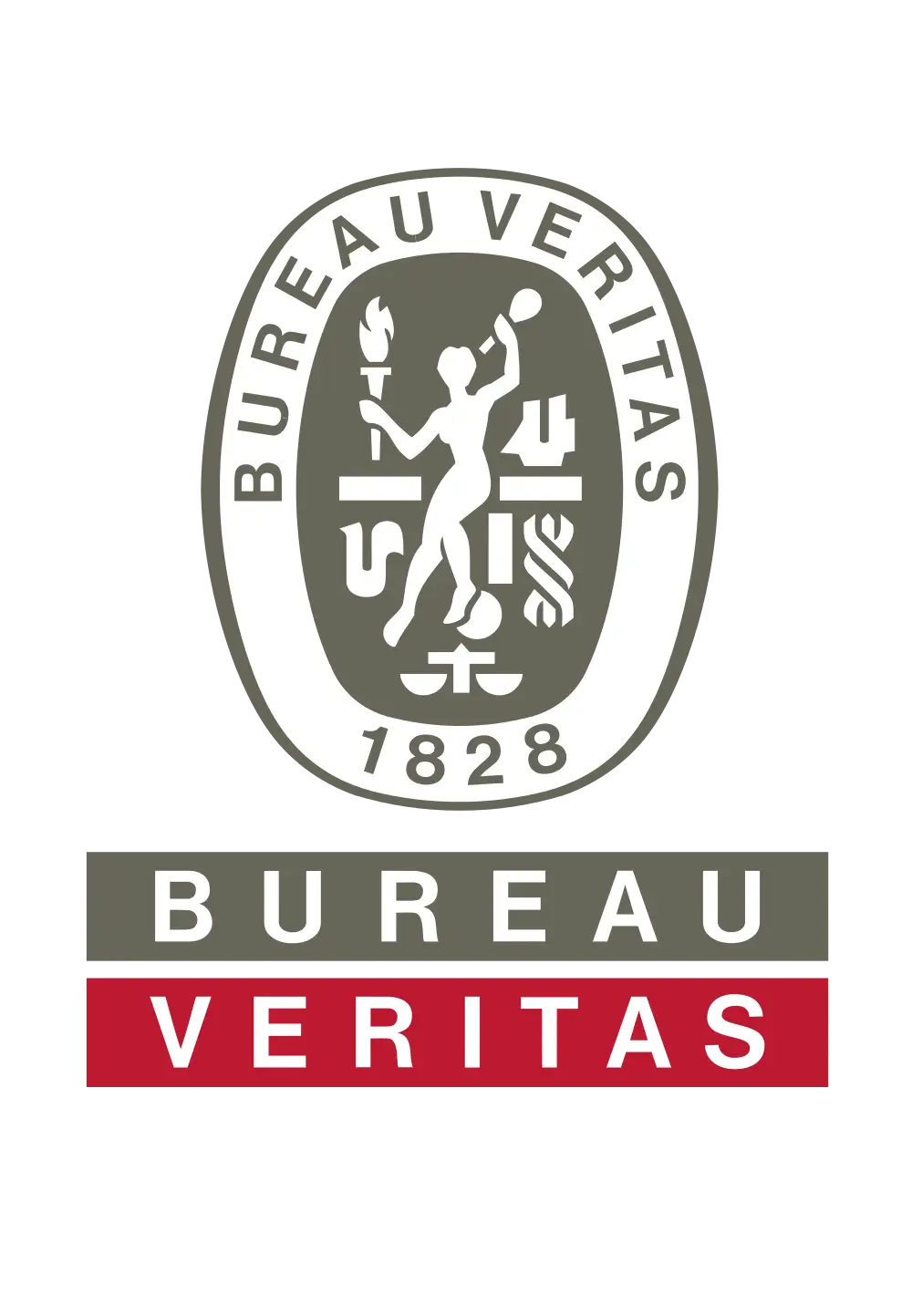Most people come to think of warehouses as large buildings that just store boxes, but the reality is more complicated. It may come as a surprise that not all warehouses are the same, or even serve the same functions. When choosing your next warehouse, it’s important to know what options are available, and which is the best fit for your needs. So without further ado, let’s dive into the various types of warehouses.
Private Warehouses
These are facilities that are often owned, operated, and exclusive to a single company or small set of clients. Companies with private warehouses typically operate at a scale that the capital expenditures of self-owned warehousing is more economical than incurring the operating expenditures of leasing warehousing space from another provider. This comes with the potential tradeoffs of increased taxation, and costs of regulatory compliance. Large online retailers frequently own private warehouses, and use them as shipping hubs for the distribution of customer orders.
Why choose a private warehouse? These facilities put the customer in control, offering more exacting services and greater degrees of freedom over space usage, facility design, and hours of operation.
Public Warehouses
At the opposite of private warehouses, public warehouses are owned by a third party, and leased to a broad set of clients. Pricing is based upon usage, and the starting capital costs of building the facility are not incurred by its clients. Unlike private warehouses, these are not long-term investments, and can store goods for variable time periods – from the short-term to the long. While they don’t offer the customization opportunities that come with private warehouses, public warehouses operate in a competitive field, with many vendors offering diverse services.
Why choose a public warehouse? These types of warehouses are ideal for customers seeking a minimal investment with no long-term commitments. These are for clients who have products ready to store and ship right now, without the hassle of building an entire facility for distribution.
Bonded Warehouses

These are a special case, used explicitly for the storage of goods that have crossed international boundaries. Under the guidance of Customs Border Protection agents, owners of bonded warehouses store, process, and scrutinize all merchandise that has arrived from foreign shores. This means filing the proper forms, ensuring that tariffs are collected, that permits are in order, that contraband is identified and seized. Illegal goods, damaged and worthless items, and merchandise that has not been claimed for five years are destroyed.
Duties are not required to be paid on imported items until they have left bonded warehouses, meaning that merchandise can be stored, duty-free, for extended periods until a suitable customer is found. These facilities often have high security, storing items safely until they are ready to leave.
Why choose a bonded warehouse? Imported goods must be processed through a bonded warehouse upon entrance to the United States.
Smart Warehouses
Automation is changing warehouses across the world by putting repetitive tasks in the hands of robots. Large retailers like Amazon have led the way in implementing smart robotics in many of their warehouses, letting machines do the heavy lifting while a small staff of humans supervise operations and ensure things are running properly. Machines will follow instructions with fewer errors than a human being will, but the tradeoff is that a human can catch mistakes that an AI will not. AI is growing more sophisticated, and can, for instance, optimize traffic inside the warehouse, reducing the time it takes to fulfill orders.
Why choose a smart warehouse? These are for customers who want to take advantage of cutting-edge technology, greater data visibility, and improvements to order fulfillments.
Distribution Centers
Unlike many other warehouses, distribution centers are intended to store goods for the short term, moving large volumes of goods through the supply chain at a rapid pace. These centers are typically located close to the end consumers, marking the last leg of the supply chain journey before a product reaches its destination. In the case of perishable products such as food, items may enter and exit the facility in under 12 hours. Typically, robust transportation services are available, giving a variety of vehicles and options to deliver orders of all shapes and sizes.
Why choose a distribution center? These are typically the final leg of the supply chain journey. For large area retailers, their products will be received on a routine basis through a nearby distribution center.
Scratching the Surface
There are many types of warehouses, and the lines are sometimes blurred between them. We at R&S Logistics are committed to working with our customers to ensure their warehousing needs are met. If you have a warehousing, distribution, or other supply chain need, give us a call.
Ready to Get Started?
We’re ready to handle all aspects of your product’s supply chain.
Contact us and we’ll help you find the best solutions for your needs.




